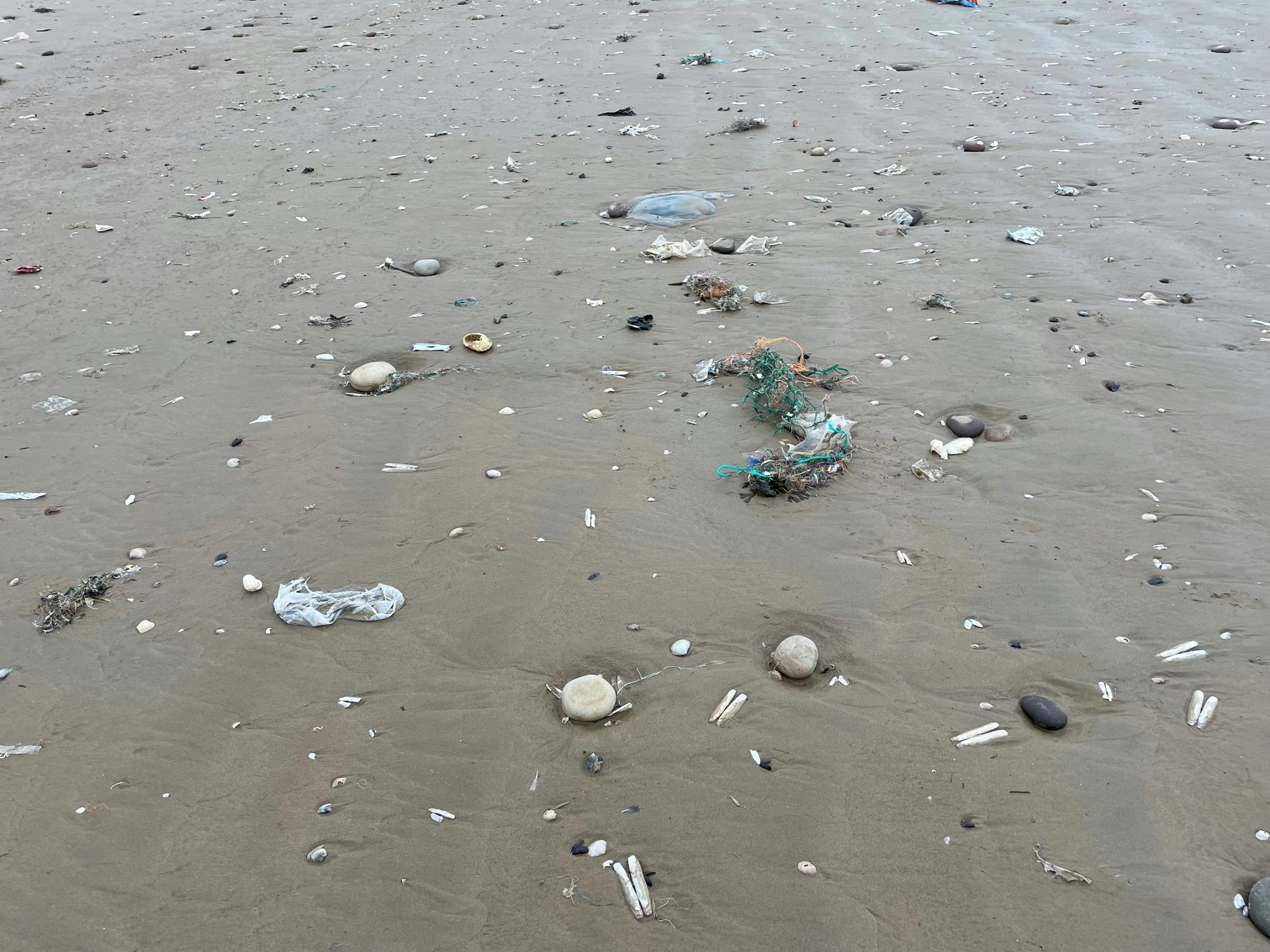
News Writer Colby Lazcano details a new study by The University of Birmingham, utilising fleas to assist in the degradation of microplastics
On October 22nd, the University of Birmingham announced that a study looking into microplastics would be published in the academic journal, ‘Environmental Pollution’, which can trace its roots back to the 1970s. The study involved observing the effect that microplastics and PFAS (perfluoroalkyl substances), known as ‘Forever Chemicals’, had on water fleas, with their known ability to last decades without degrading. These fleas had been revived from Lake Ring in Denmark and were placed in conditions that could help imitate those found in lakes. The water fleas were used due to their ability to quickly take in the chemicals, but also because of their significant position in the food web.
Three different chemicals were used for this experiment: PET (Polyethylene terephthalate), which is used in making plastic bottles and lampshades; PFOS (Perfluorooctanesulfonic acid), which is used to make stain-resistant fabrics and firefighting foams; and PFOA (Perfluorooctanoic acid), which is used in food packaging. It was found that the chemicals as particles had stunted many of the fleas’ processes during life, such as a smaller amount of growth and a reduction in reproduction rates. As well as this, it was found that the chemicals being mixed together had a more toxic effect than when they were individual, which negatively affected the water fleas’ ability to survive.
Microplastics are tiny plastics that are smaller than 5mm, with around 360 million tons produced each year.
Microplastics take a long time to decay, sometimes taking decades, as they are extremely hard to break down
Ways in order to degrade microplastics have been found, and studies have been done on these different paths. One way that microplastics can be broken down is through the use of microorganisms, such as bacteria. Bacterial cells, like human cells, contain protein molecules called enzymes which are specifically able to carry out reactions on the microplastics such as hydrolysis, which break apart the microplastic outside of the cell into smaller molecules, such as monomers, where they then are recognised by the bacteria and then moved inside to be used as a carbon source. From a biological viewpoint, both fungi and algae are also able to use methods not dissimilar to that of bacteria to degrade microplastics. Another way is via the process of photodegradation, whereby high energy light from the Sun can cause there to be two volatile states of an electron and hole (an area without an electron which could have one, resulting in a more positive charge), of which causes through a mechanism to both decompose and mineralise the microplastic.
One main aim of the experiment was to acquire more information on the effect of combination of these toxic microplastics
Most previous studies have been about the individual effect of microplastics on species. Dr Mohammed Abdallah, an Associate Professor in Persistent Organic Pollutants / Emerging Contaminants, said ‘it is imperative that we investigate the combined impacts of pollutants on wildlife throughout their lifecycle to get better understanding of the risk posed by these pollutants under real-life conditions.’ This year, The University of Birmingham (and Dr Abdallah) have already done research into microplastics. In April the University released an article in the journal ‘Environment International’ in which it found that plastics could move via sweat through the skin into the body, posing a risk of toxicity.
Read more from News:
The University of Birmingham Welcomes Sandie Okoro OBE as the new Chancellor
Comments